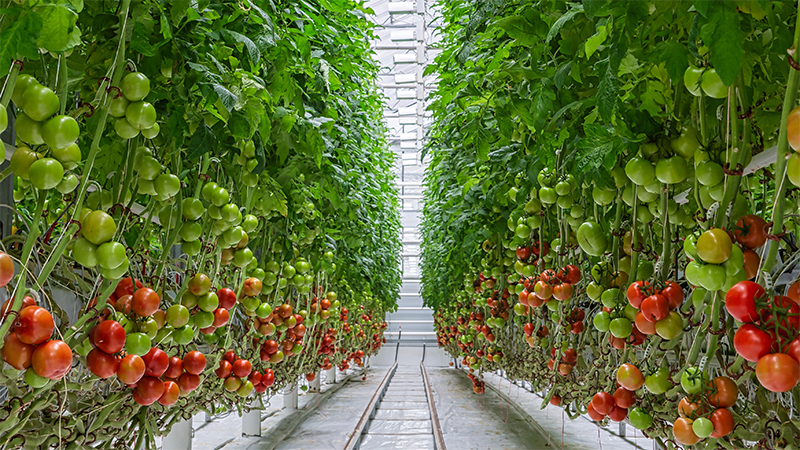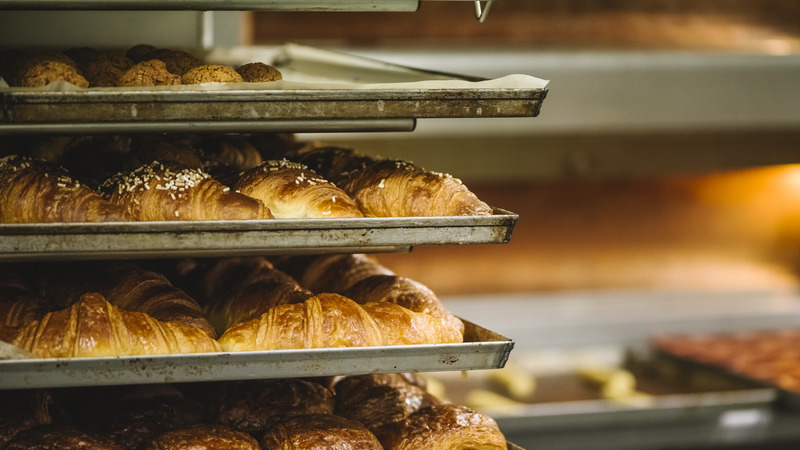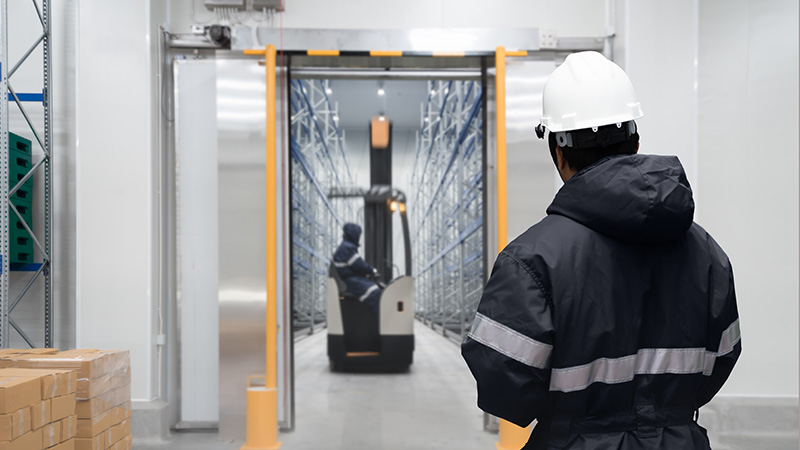Webinar on Indoor and vertical farming is here again!
Join the webinar to learn how to create the optimal growth conditions in vertical farms with the help of humidity and carbon dioxide sensors.
Summary
Indoor and vertical farming operations require significant investments to scale and maintain operations profitably. Key factors for success are energy use for climate control, and labor to support operations. Accurate and dependable environmental sensors such as those for humidity, temperature, and carbon dioxide, can help reduce costs in both categories, while lower quality instruments can contribute to those challenges. Choosing the right technology for your growing operations can have lasting effects on climate control capabilities, and the effort it takes to maintain tight controls. This simple investment can influence the costs of production through efficient resource management.
In this 30-minute webinar, Vaisala's Business Development Engineer Justin Walsh will discuss how the quality of humidity and carbon dioxide sensors can influence climate controls and maintenance costs. Justin will cover:
- Sensor stability and service intervals
- Sensor installation best practices
- Sensor accuracy and vapor pressure deficit calculations
- CO2 sensor technology
If you have already attended or registered for this webinar, please click here. Otherwise, please watch the recorded webinar by filling the form.
You can modify your preference settings or unsubscribe at any time here

Speaker
Justin Walsh
Business Development Engineer
Justin has been working with electro-chemical and industrial measurement technologies for over 16 years, ensuring product quality, measurement accuracy and environmental safety. His experience includes application support with Thermo Electron, environmental consulting, emergency planning and response with the US EPA, and a degree in Environmental Engineering from the University of Miami.
You might also be interested in other webinars on the role of accurate and reliable CO2 measurements

Monitoring of CO2 in food and beverage industry

How and why to measure CO2 accurately?

Read more about Vaisala’s CARBOCAP technology

What Makes Vaisala’s CO2 Sensors Unique?

Vaisala's solutions for food production, storage and logistics

